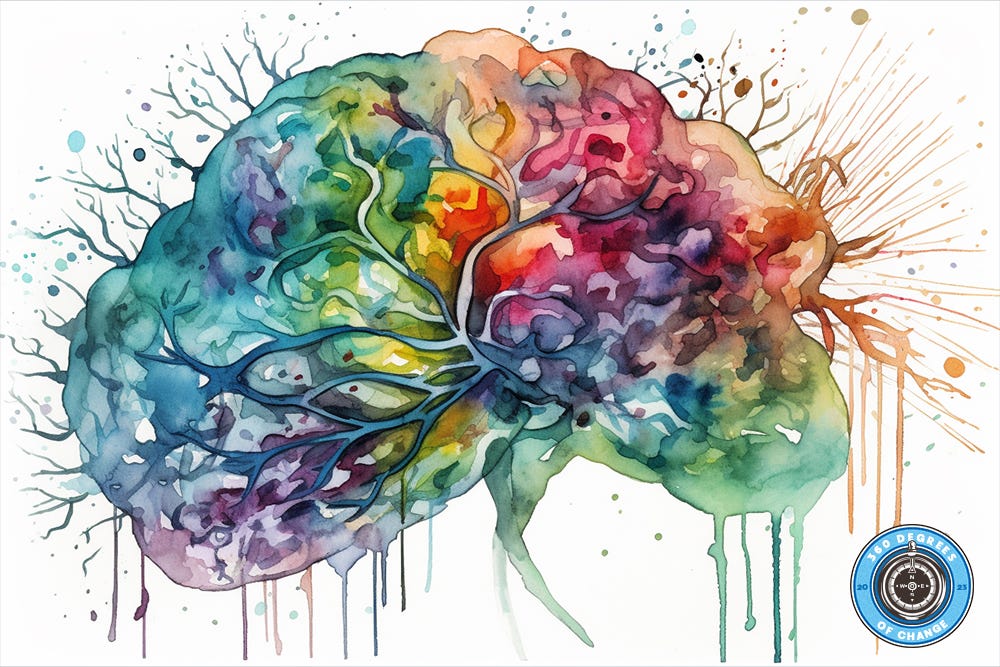Everything has a hand in shaping our journey to optimal health, from the world around us to the essence of who we are as individuals. This ongoing series will uncover the forces that help or hinder our quest to achieve our desired behaviors. Welcome to 360 Degrees of Change.
Catch up on part one, part two, and part three of this sub-series on values and beliefs. They lay the foundation for understanding how beliefs impact our health behaviors, how values and beliefs intersect, and how others’ beliefs can affect our own.
When I first began digging into how beliefs influence behavior, it didn’t take long to step into the land of biases. A hot focus area today, I couldn’t help but want to learn as much as possible. As always, I began by ensuring I was working from clear and consistent definitions.
First Things First; What Are Biases?
A bias is a tendency, inclination, or outlook toward or against something or someone.
The Purpose of Biases
Because our senses send about 11 million bits of information per second to the brain, and our capacity for attention is limited, we are hardwired to process the world through chunked shortcuts (often referred to as schemas) created from prior knowledge. These automatic and largely unconscious cognitive processes first influence our decision-making by broadly categorizing information. For example, when we walk into a new environment, we sort everything in that space into categories like furniture, decor, temperature, light, sound, people, pets, etc. Once this initial sorting is complete, we then attach associations between specific categories. Our biases drive these associations; for example, dogs may be perceived as positive, friendly, and desirable, while our attitudes and stereotypes of rats most likely prove more negative.
Attitudes
General “gut feelings” or levels of value which are either positive or negative.
For example, you may have a positive attitude toward golden retrievers while holding a negative attitude toward poodles.
Stereotypes
Specific traits associated with a fixed, oversimplified, and often biased belief about a group of people.
For example, you may attach the trait of “dangerous” to all pit bulls. Even though you logically know that not every dog in this breed is aggressive, there is such a strong negative association you will probably react with an attitude of caution.
For the most part, schemas are handy tools that help us successfully navigate the millions of things we notice daily. However, things become really complex when it comes to how our schemas sort people. When we sort people by social categories like age, gender, race, profession, and size, we instantly assign massive amounts of information we associate with that group. These associations then influence how we think, feel, and behave.
While we may be aware of a few of these associations sometimes (explicit biases), this masterful sorting and associating process essentially happens unconsciously (implicit biases).
Explicit biases can quickly be identified by asking ourselves what we think and feel and honestly answering our inquiry.
Which is the best sport to watch live? Rugby, of course!
Implicit biases are unconscious or automatic thoughts. This means we can’t identify them by simply asking ourselves if we have them, and because they are unconscious, they are difficult to control.
Despite the fact that identifying implicit biases is difficult, for those of us who are committed to creating equity in our families, communities, organizations, nation, and world, it is critical to acknowledge and accept that implicit biases are often rooted in negative attitudes and prejudices that drive inequality. For many of us, especially those of us who do our best to behave with caring awareness, this is where discomfort quickly takes center stage.
Up Next…
Exploring the power of implicit biases by uncovering my own.




